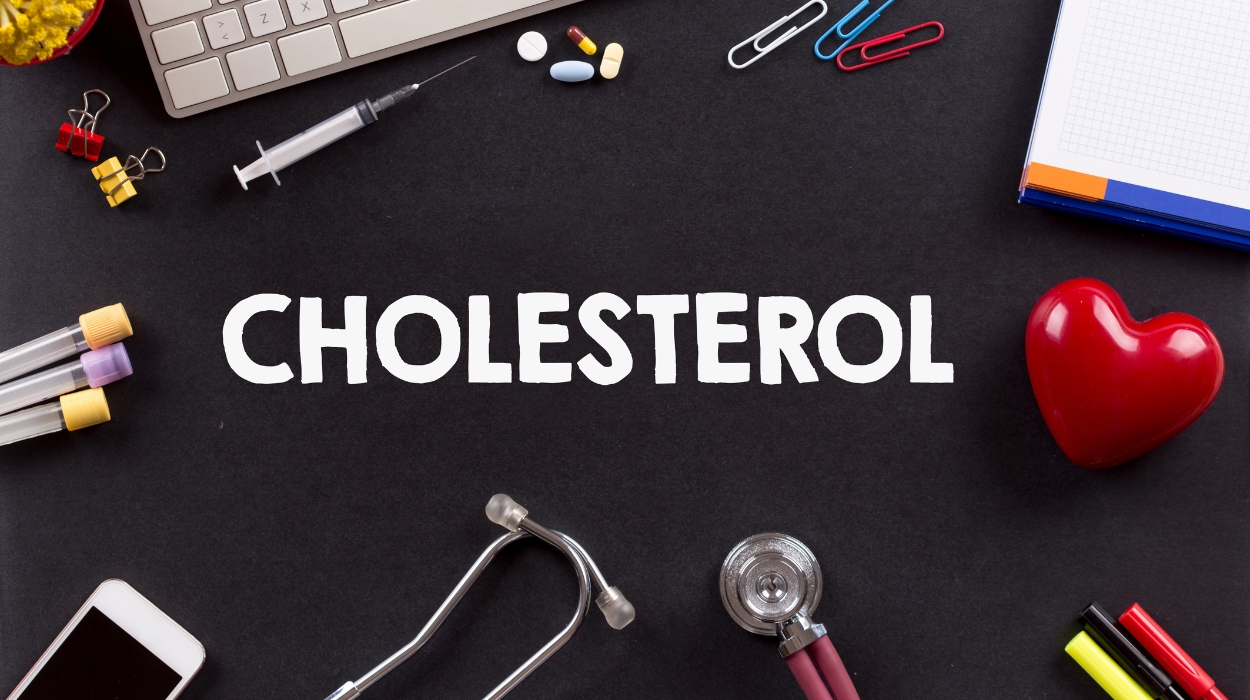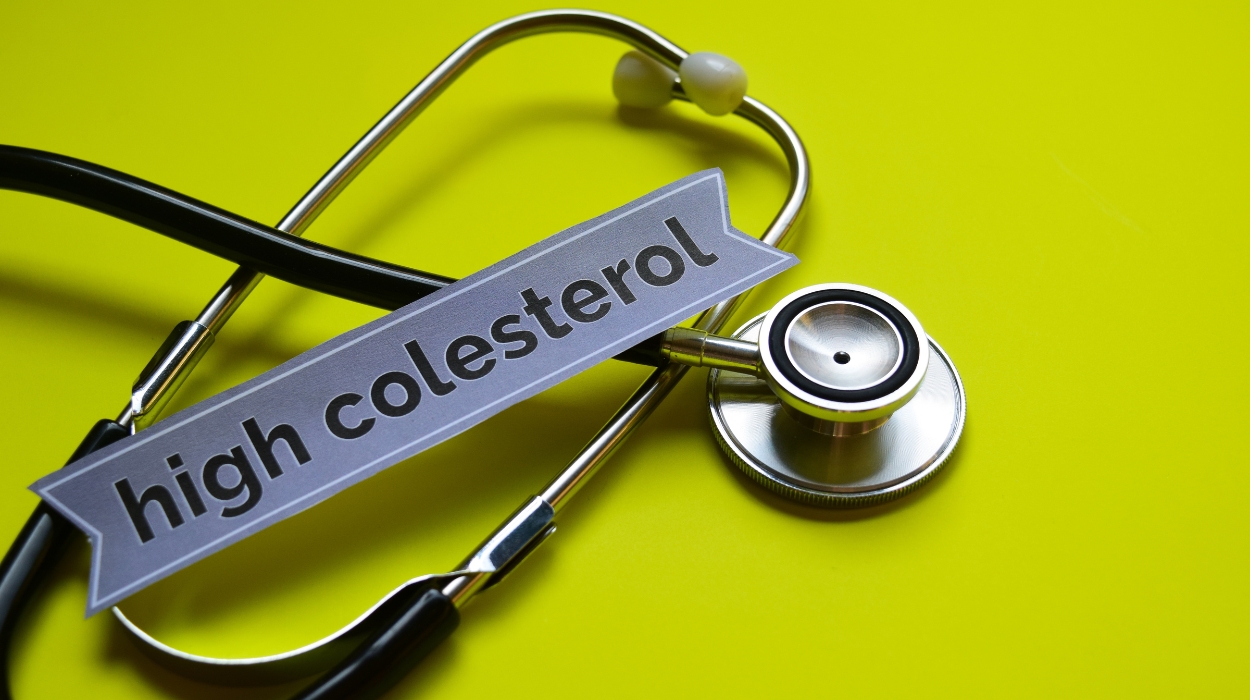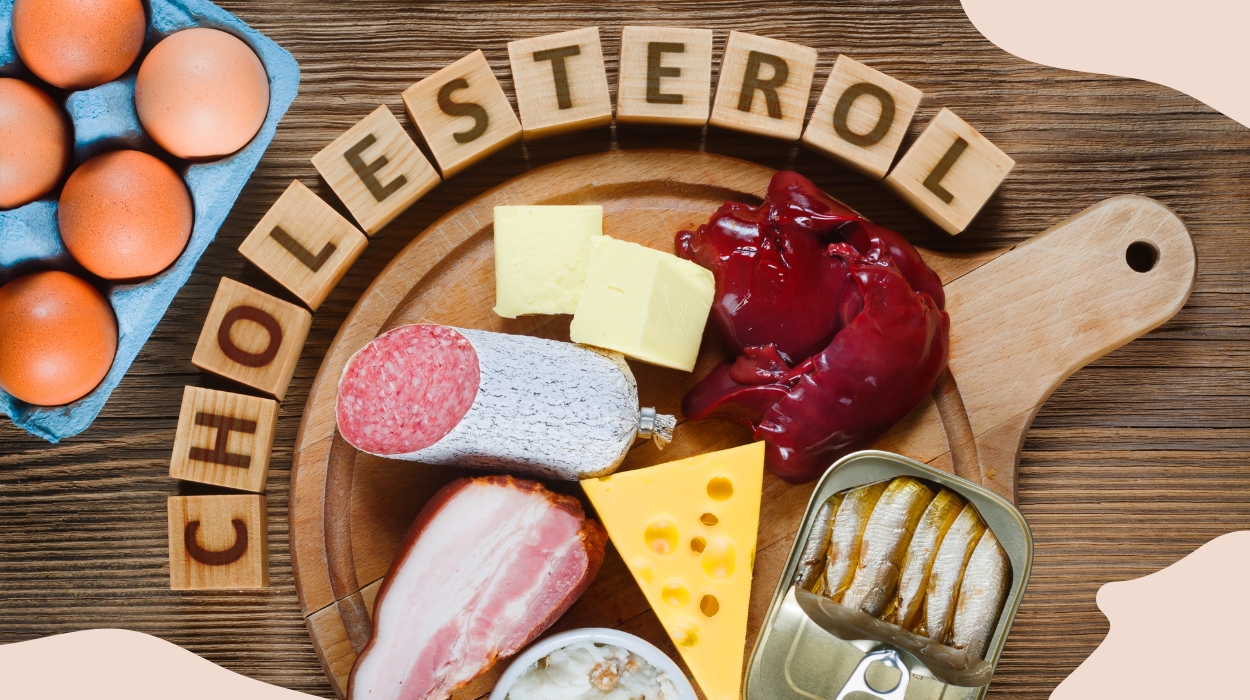Cholesterol is a topic that often raises concerns when it comes to maintaining a healthy lifestyle. Many people wonder how much cholesterol they should consume each day to stay within the healthy range. In this article, we will delve into the recommended daily cholesterol intake and explore the various factors that influence these guidelines.
By understanding the relationship between cholesterol and our diet, we can make informed decisions that promote our overall well-being.
How Much Cholesterol Per Day Is Enough?
The recommended daily cholesterol intake varies depending on various factors, including age, sex, and overall health. According to the Dietary Guidelines for Americans, it is generally advised to limit cholesterol consumption to 300 milligrams per day. However, for individuals with certain health conditions, such as diabetes or heart disease, it is recommended to further reduce cholesterol intake to 200 milligrams per day.
Natural Cholesterol Vs. Dietary Cholesterol
It is crucial to differentiate between natural cholesterol and dietary cholesterol. Our bodies naturally produce cholesterol to support essential bodily functions, such as hormone production and cell membrane integrity. This natural cholesterol is not influenced by our dietary choices, unlike dietary cholesterol.
On the other hand, dietary cholesterol is the cholesterol found in the foods we consume. While it was previously believed that dietary cholesterol consumption significantly impacted our blood cholesterol levels, recent research suggests that saturated and trans fats have a more significant effect.
Advice For Healthy Cholesterol Levels

Maintaining healthy cholesterol levels can be a daunting task, but don’t worry, you can often make small changes to your lifestyle and eating habits to achieve your goals of reaching healthy cholesterol levels. Please keep in mind it is always advisable to consult with a healthcare professional to determine the appropriate cholesterol intake based on individual circumstances and risk factors.
Reduce Saturated and Trans Fats
While dietary cholesterol does have some impact on our blood cholesterol levels, it is saturated fat and trans fat that have a more significant effect.
- Saturated fat is a dietary fat typically found in solid form at room temperature. Saturated fat is commonly found in animal products like meat, butter, and cheese, as well as some plant-based oils like coconut oil and palm oil.
- Trans fat is a type of unsaturated fat that is commonly found in processed foods, such as margarine, snack foods, and fried foods. Trans fat is created through a process called hydrogenation, which turns liquid vegetable oils into solid fats.
- Consuming excessive amounts of saturated fats and trans fats can raise our LDL (low-density lipoprotein) cholesterol levels, commonly referred to as “bad” cholesterol.
To reduce cholesterol levels, it is crucial to limit saturated fat intake and foods high in saturated fats, such as fatty foods, full-fat dairy products, and tropical oils. Additionally, trans fats, commonly found in processed foods and baked goods, should be avoided as much as possible.
Cholesterol Free Foods
Incorporating cholesterol-free foods into our diet can be an effective strategy to reduce cholesterol levels. Some naturally cholesterol-free foods include:
- Fruits.
- Vegetables.
- Whole grains.
- Legumes.
These foods can help lower cholesterol levels and promote heart health. Utilizing a diet rich in plant-based options to our meals, such as tofu, beans, and nuts, can be a great way to reduce cholesterol intake while still enjoying a delicious and balanced diet.
Smoking & Cholesterol Levels
Smoking not only damages our lungs and increases the risk of various diseases, but it can also negatively affect our cholesterol levels. When you smoke, it makes lowers your levels of HDL (high-density lipoprotein) cholesterol, also known as “good” cholesterol, while simultaneously increasing LDL cholesterol.
This imbalance can lead to higher overall cholesterol levels and an increased risk of heart disease. Quitting smoking is an essential step toward improving cholesterol levels and overall health. Seek support from healthcare professionals or support groups to successfully quit smoking and improve your cholesterol profile.
Exercise Regularly
Regular physical activity is beneficial for overall health and can help improve cholesterol levels. Engaging in aerobic exercises, such as jogging, swimming, or cycling, can increase HDL cholesterol levels while reducing LDL cholesterol. It’s best to get around 150 minutes of moderate-intensity exercise each week or 75 minutes of vigorous-intensity exercise weekly.
Additionally, incorporating strength training exercises two or more days per week can further enhance cholesterol profiles. Consult with a healthcare professional before starting any exercise program to ensure it is suitable for your individual needs.
Signs Of High Cholesterol

It is essential to be aware of the signs that may indicate high cholesterol levels. While high cholesterol does not typically cause noticeable symptoms, it can lead to serious health complications, such as cardiovascular disease, if left untreated. These health complications display symptoms that you should watch out for.
Some symptoms that may indicate complications due to high cholesterol levels include:
- Chest pain.
- Heart palpitations
- Shortness of breath.
- Numbness or weakness in the limbs.
- Yellowish deposits around the eyes.
If you experience any of these symptoms or are concerned about your cholesterol levels, it is advisable to consult with a healthcare professional for proper evaluation and guidance.
Dietary Guidelines For Americans
The Dietary Guidelines for Americans provide specific recommendations for cholesterol consumption based on sex and age. How much cholesterol per day is safe for a woman? For women, it is generally advised to consume no more than 300 milligrams of cholesterol per day. However, for women above the age of 50, or those with certain health conditions, it is recommended to limit cholesterol intake to 200 milligrams per day. For men, the guidelines suggest a maximum daily cholesterol intake of 300 milligrams.
Conclusion
Understanding the recommended daily cholesterol intake is crucial for maintaining a healthy lifestyle. By following the dietary guidelines and making informed choices, we can effectively manage our cholesterol levels and promote our overall well-being.
Remember to limit cholesterol intake, try not to eat foods high in saturated fat and trans fat intake, incorporate cholesterol-free foods, reduce overall fat consumption, quit smoking, exercise regularly, and be mindful of the signs of high cholesterol. By taking proactive steps, we can ensure that our cholesterol levels stay within a healthy range, reducing the risk of heart disease and other related complications.
Frequently Asked Questions
The daily recommended cholesterol intake varies based on several factors, such as age, gender, weight, physical activity level, and overall health status. Below, you can find some common questions regarding how much cholesterol per day you should consume. However, please remember it is essential to consult with a healthcare professional to determine the optimal cholesterol intake based on individual needs and health conditions.
For most women, it is generally advised to limit cholesterol consumption to 300 milligrams per day. However, women above the age of 50 or those with certain health conditions may need to reduce their intake to 200 milligrams per day.
Saturated fats are typically solid at room temperature and are commonly found in animal-based products such as fatty meats, full-fat dairy products, and butter. Trans fats, on the other hand, are artificially produced fats found in many processed foods, baked goods, and fast food.
High cholesterol does not usually cause noticeable symptoms. However, some signs that may indicate high cholesterol levels include chest pain, heart palpitations, shortness of breath, numbness or weakness in the limbs, and yellowish deposits around the eyes.
Yes, regular exercise can help improve cholesterol levels. Engaging in aerobic exercises and strength training can increase HDL cholesterol levels while reducing LDL cholesterol.
Cholesterol-free foods include fruits, vegetables, whole grains, legumes, tofu, beans, and nuts. These foods are not only cholesterol-free but also provide essential nutrients and fiber.
